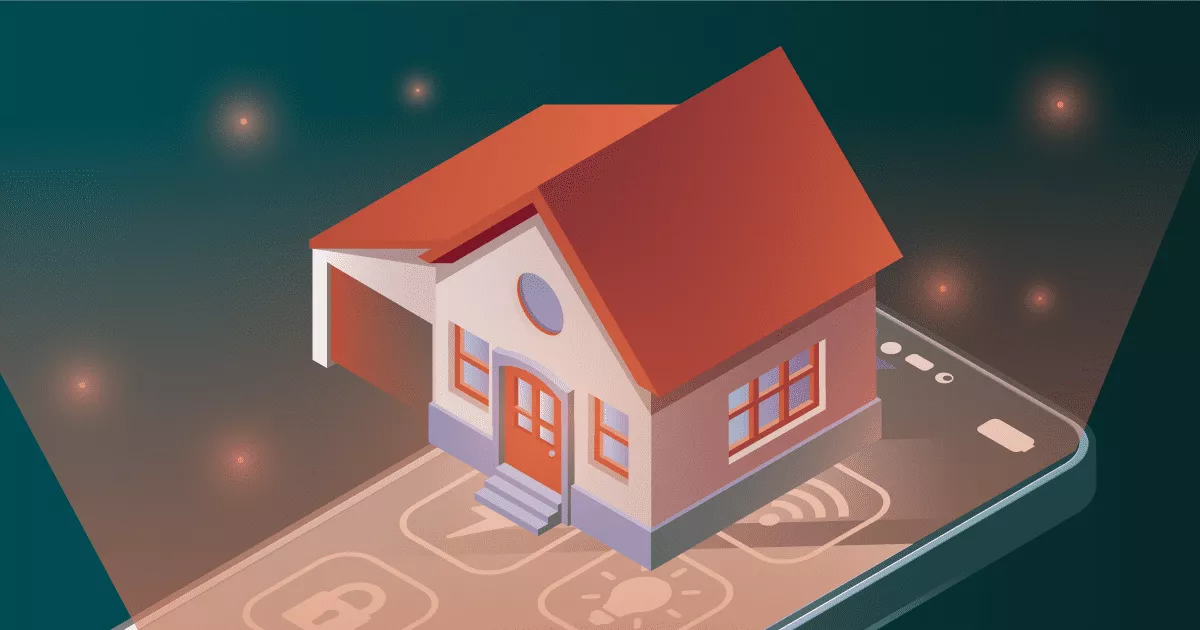Looking at old novels, cartoons, and stories, the image of a fully smart home, automated and aware, is pervasive. It’s a natural extension of progression, eventually the home will just take care of itself, independent of humans. Although that image is still one of the distant future, smart devices have begun to fill in the gaps.
The Rise of Smart Homes
Smart homes, homes filled with smart devices, are now becoming common. Today 69% of households own a smart device. This equates to 349 million smart devices being shipped in a year, a number that is projected to hit 1.7 billion in 2025. What exactly are these smart devices though, and what purposes do they serve?
The most common and pervasive example is the one most commonly thought of. Alexa, Amazon Echo, the countless alternatives, smart speakers and hubs that connect a house digitally. Most smart devices are found in the living room and represent convenience and luxury. Although this isn’t the case for all smart devices.
Smart security, for example, is one of the longest standing markets. Smart security today is the third most popular category, with 17% of consumers utilizing it. These devices can be smart doorbells, cameras, or various other security measures. Today homeowners can watch their home on vacation, see who’s outside, and be alerted to specific dangers.
Cost Savings?
A slightly less obvious set of smart devices are those that affect the bills. Smart devices are expensive, price being one of the biggest barriers to entry. Although some smart devices actually save money over time. For example, smart water heaters save $4,500 over 10 years. Smart thermostats can cut costs 10% even yearly. And smart light bulbs save around $35 per bulb yearly.
These devices are more akin to a practical investment. Although there are certainly many niche and obscure devices to accompany them. Things like smart mirrors, showerheads, dishwashers, ovens, window shades, and sprinklers. These devices tend to solve much more niche issues, and are a greater mark of luxury.
Gen Z and Millennials are Leading the Way
Overall consumers today see smart devices and their implementation as a positive. 94% of Gen Z value convenience, and 80% of Gen Z and Millennials say their adoption is positive. While 51% of smart device owners think that prices are too high, 51% also still want to buy another.
There’s something intrinsically appealing about the idea of smart devices, at least, to younger generations. Baby boomers have a less favorable perception to them, as they can have a high barrier to entry. Undoubtedly though price is what is stopping these devices from booming in popularity. Subscription models and cheaper alternatives are being developed, but it is ultimately a luxury good.
Conclusion
Looking forward, it’s hard to see where smart homes will lie. Will they drop in price and continue to invade the average home? Or will they become more complete in scope and move closer to the smart homes seen in the media? Only time will tell, but for now smart devices are here and they’re here to stay.





 WebProNews is an iEntry Publication
WebProNews is an iEntry Publication